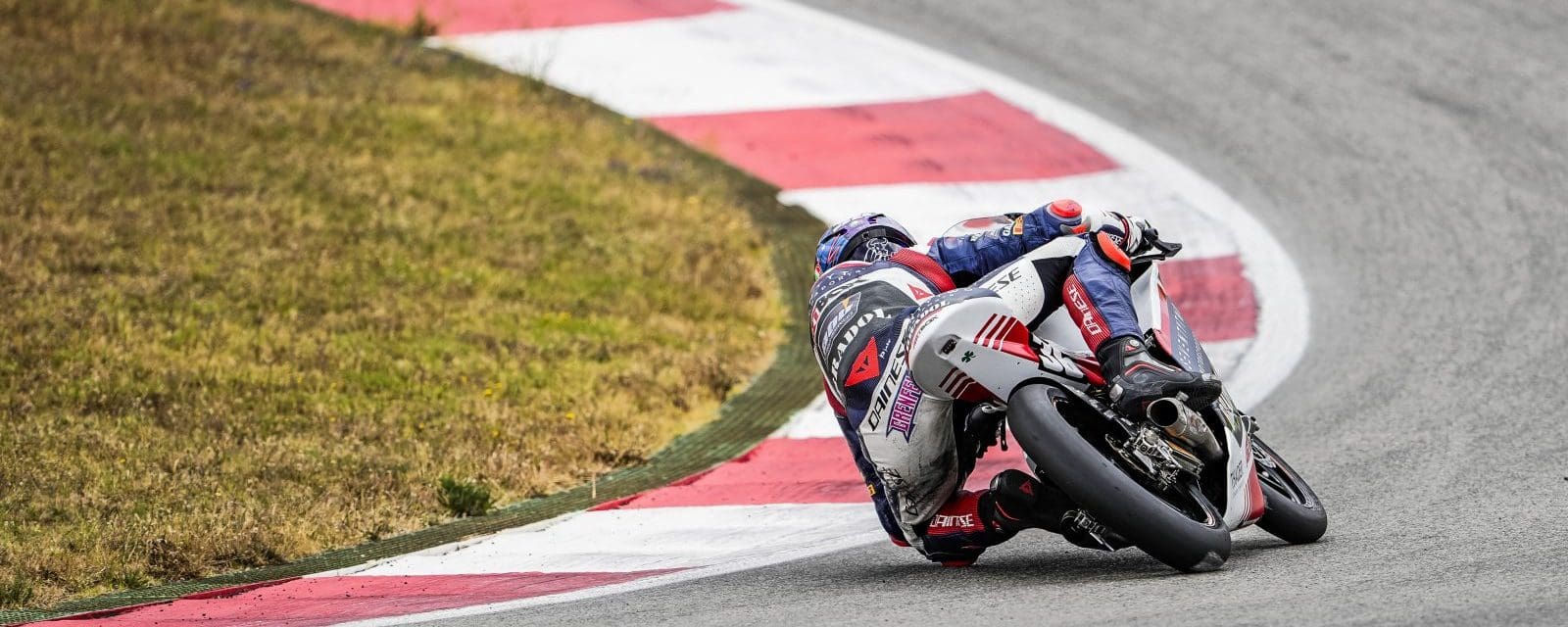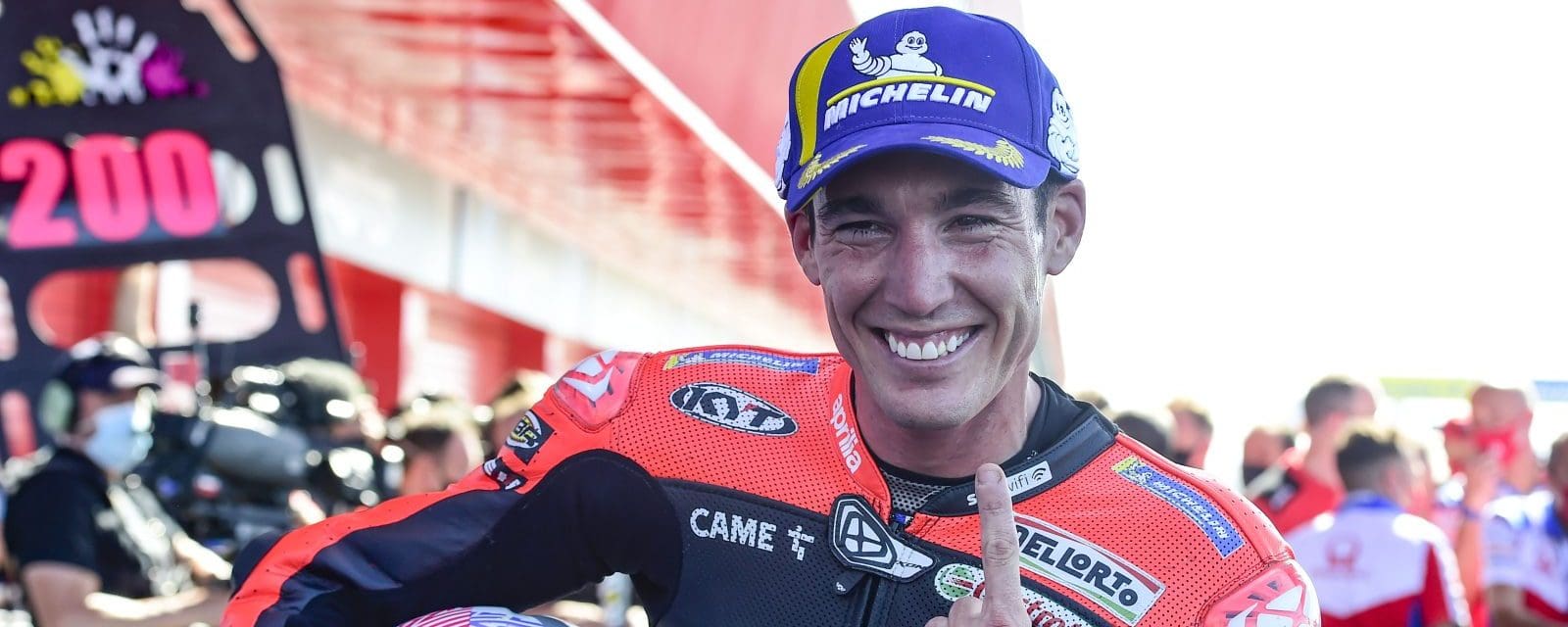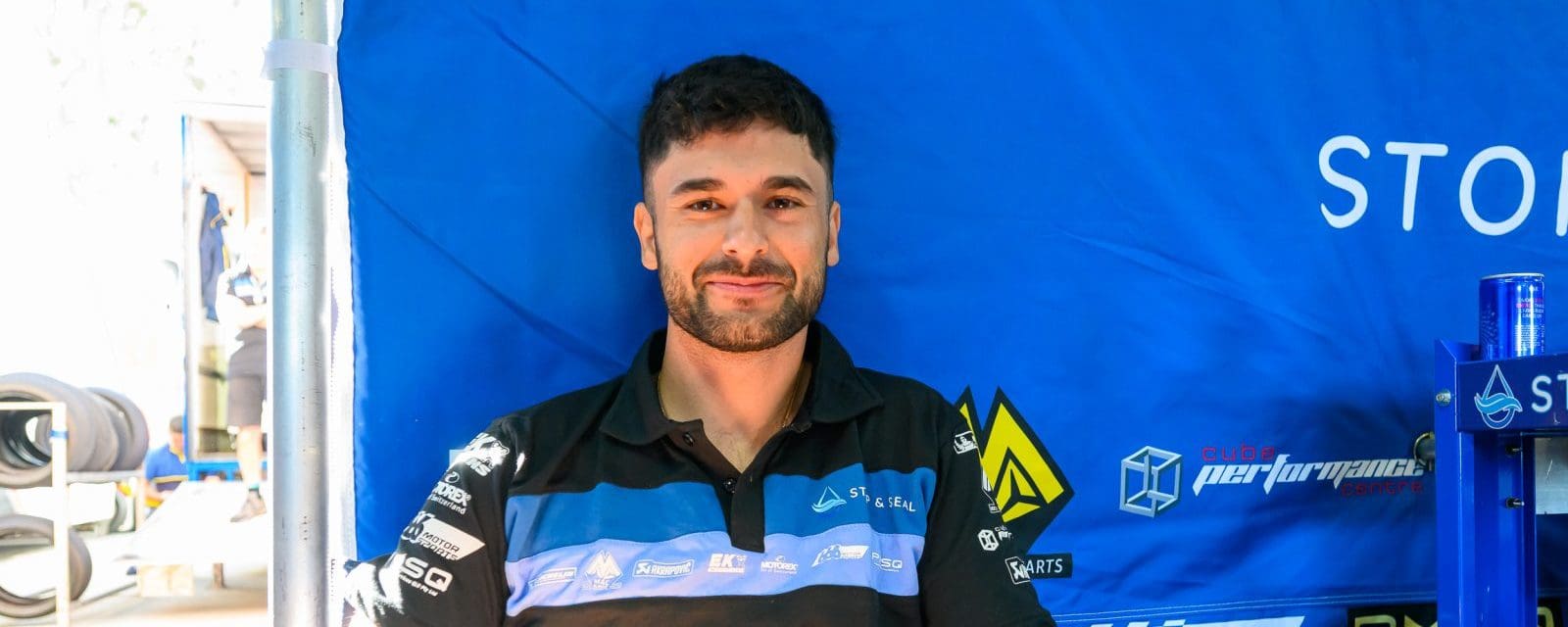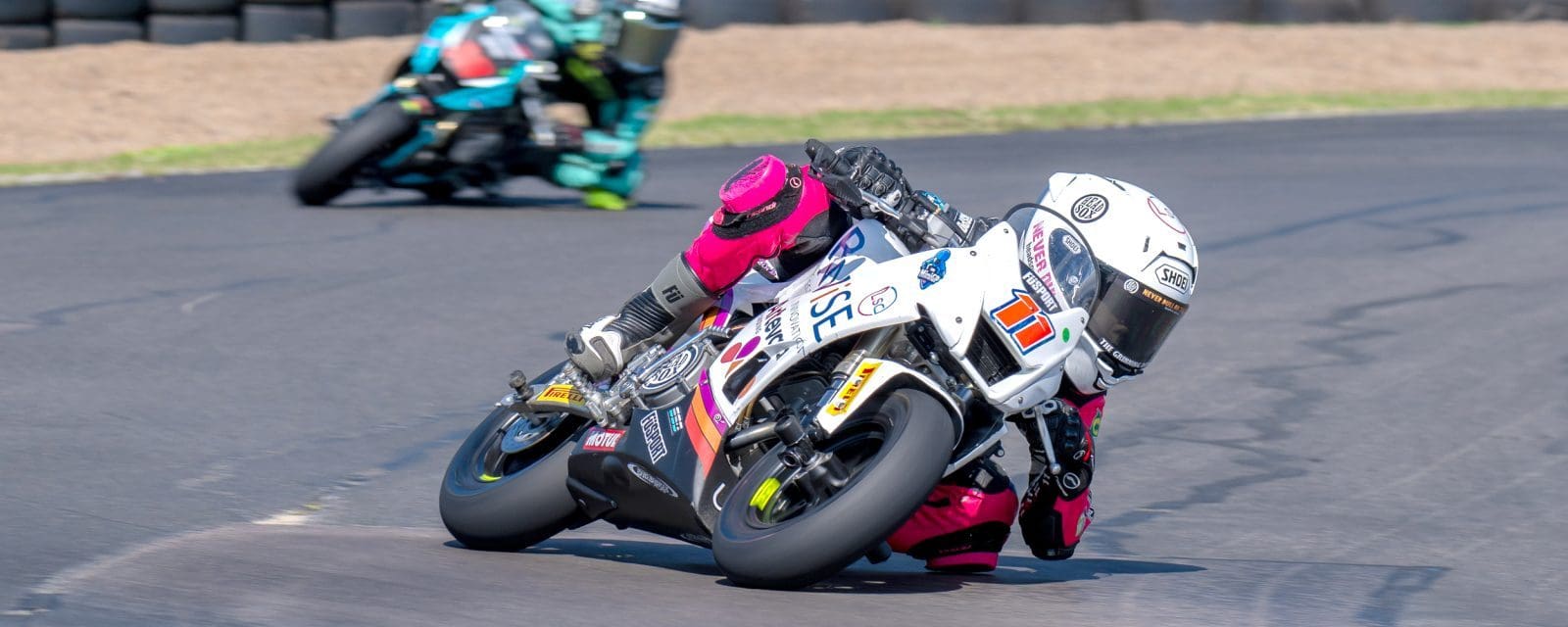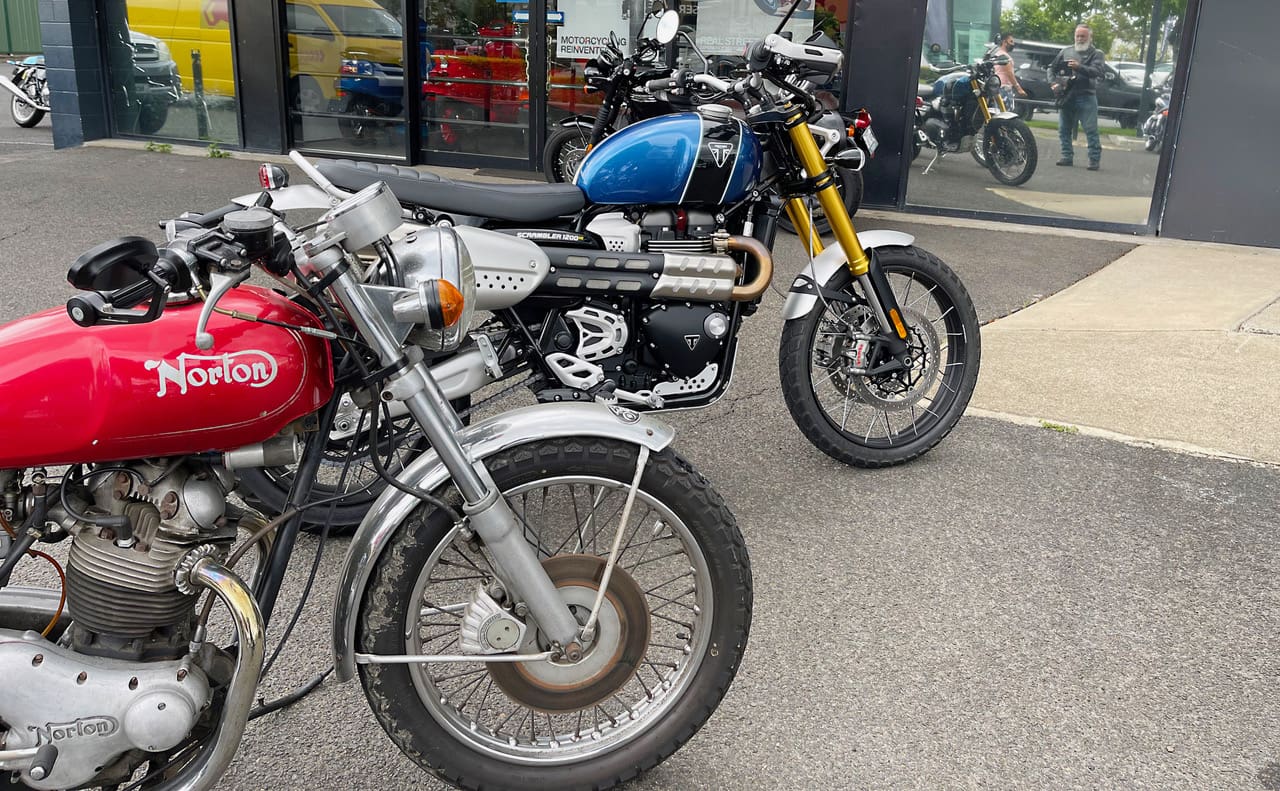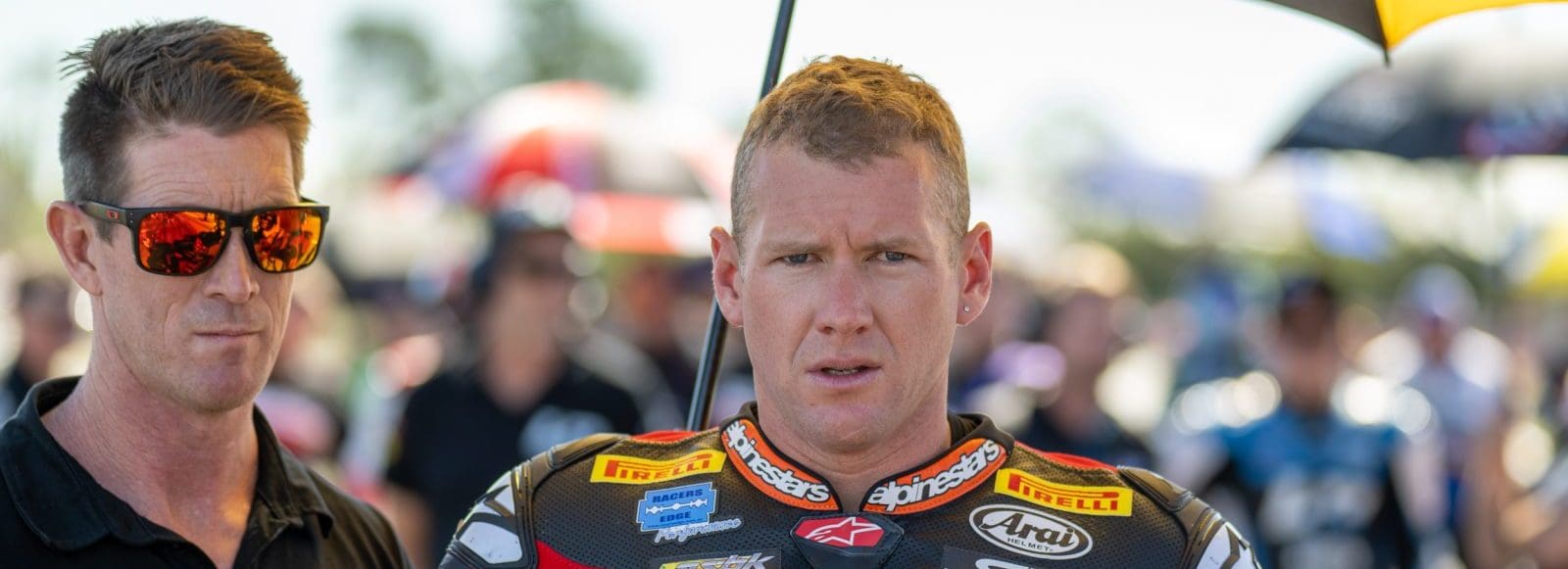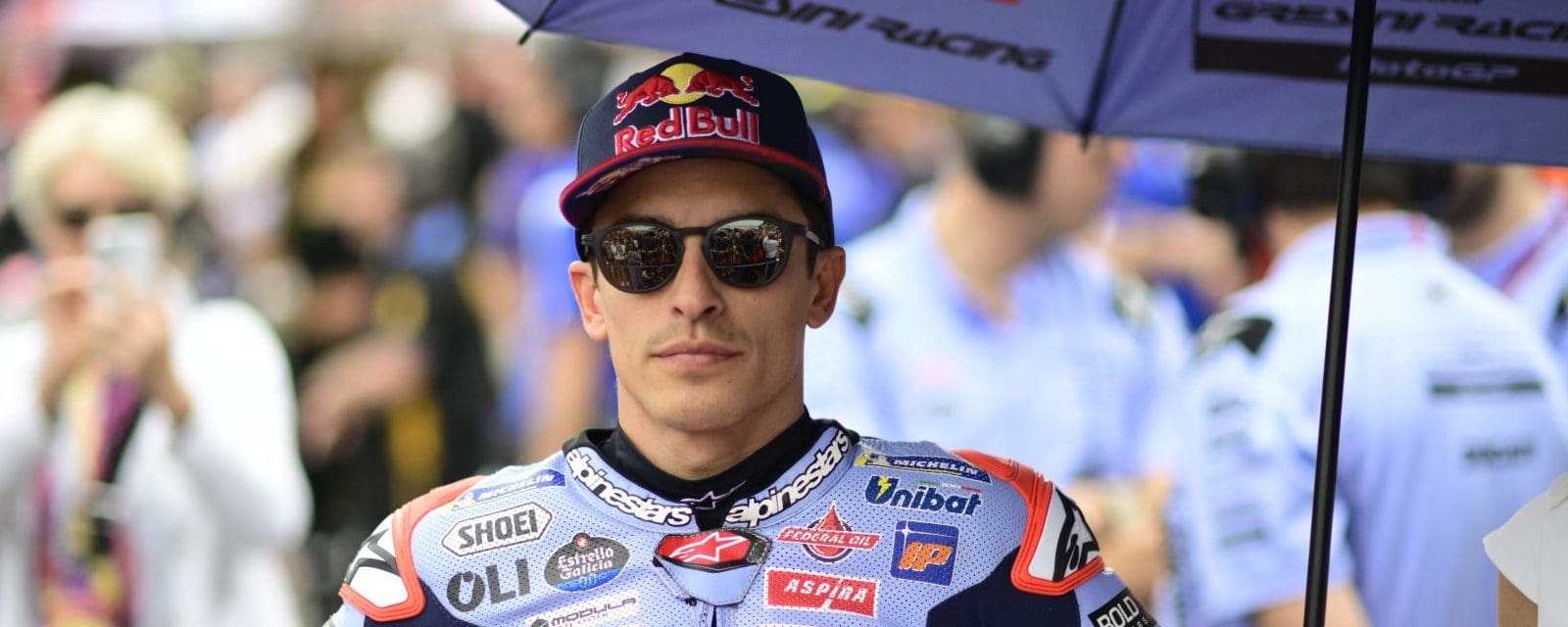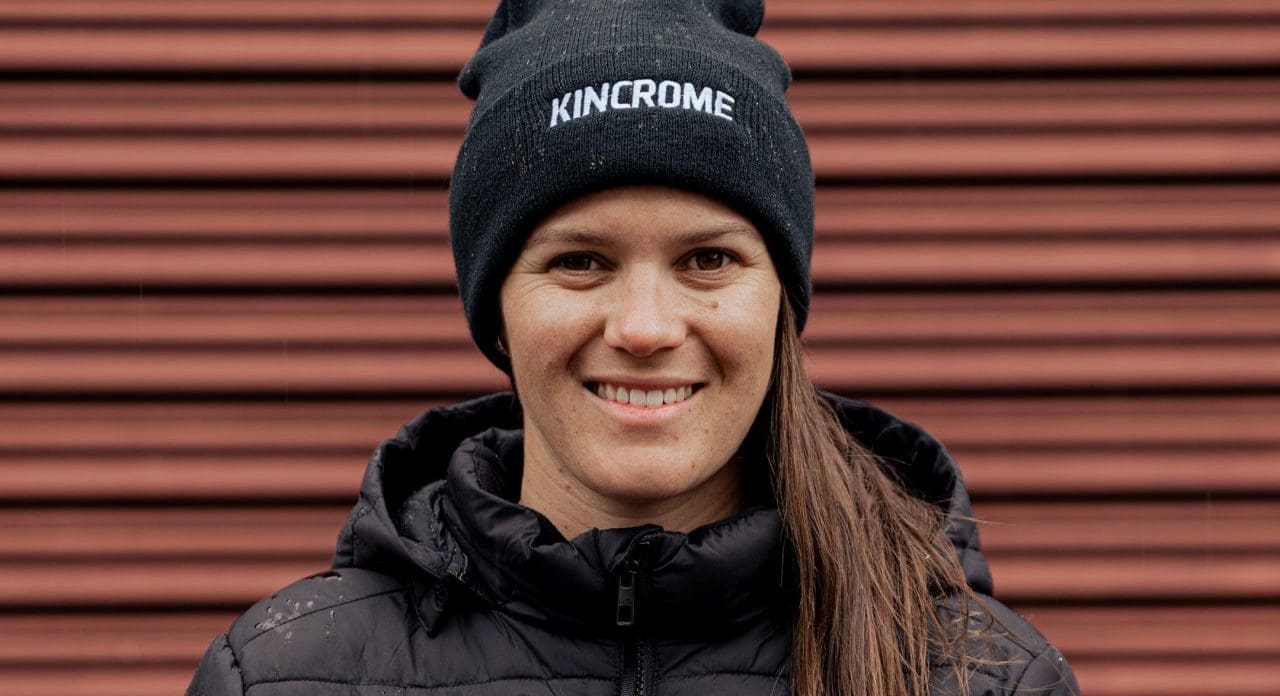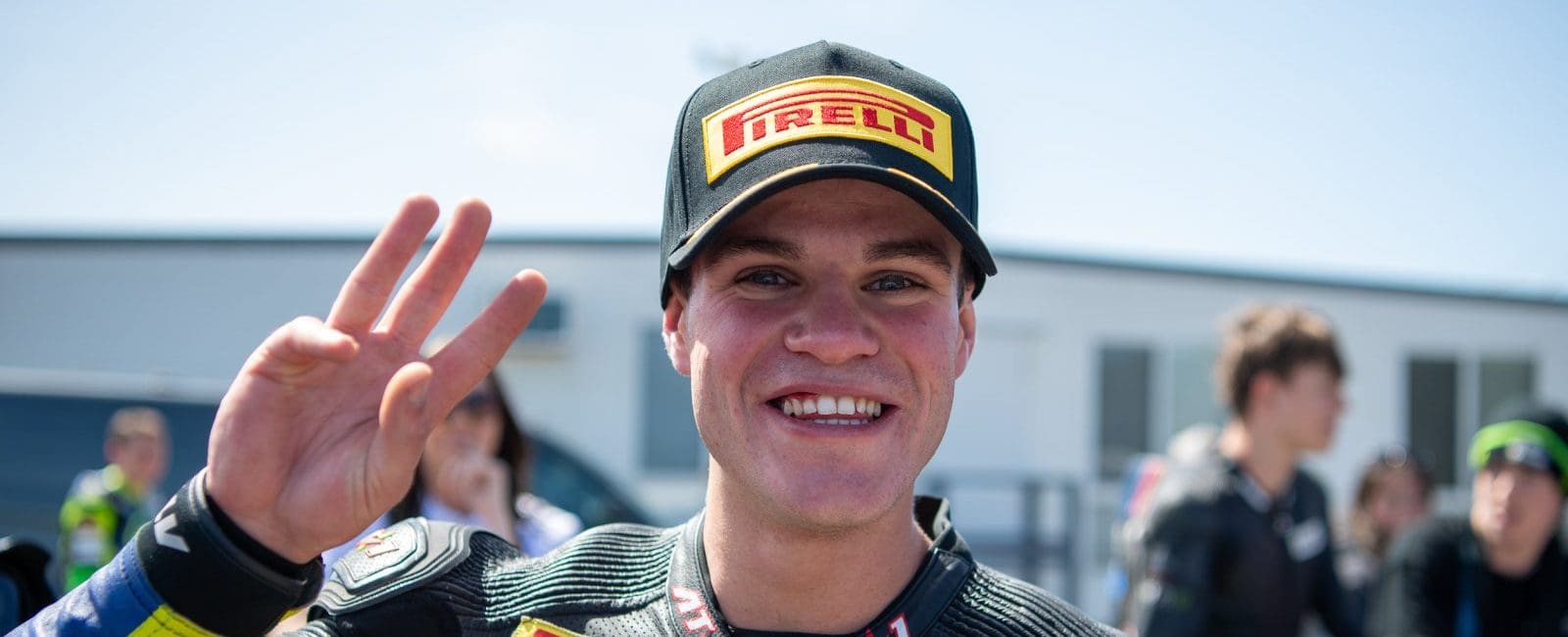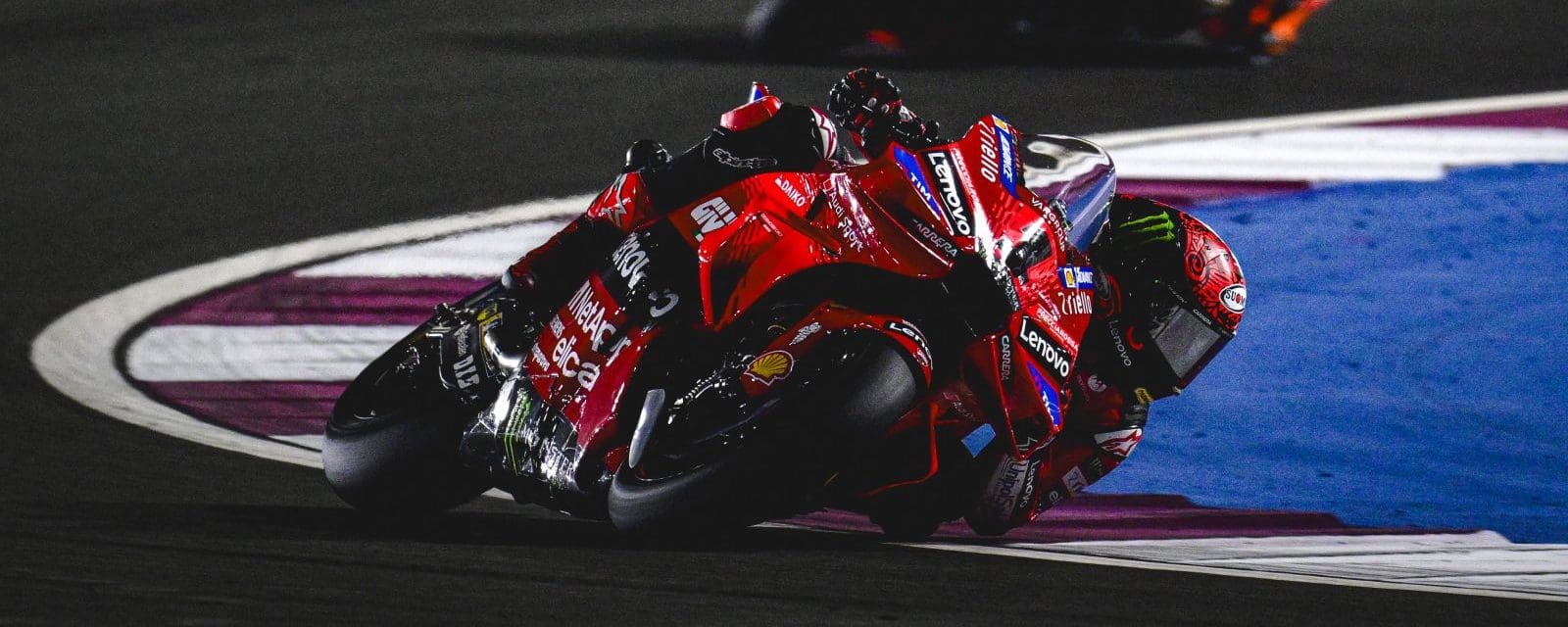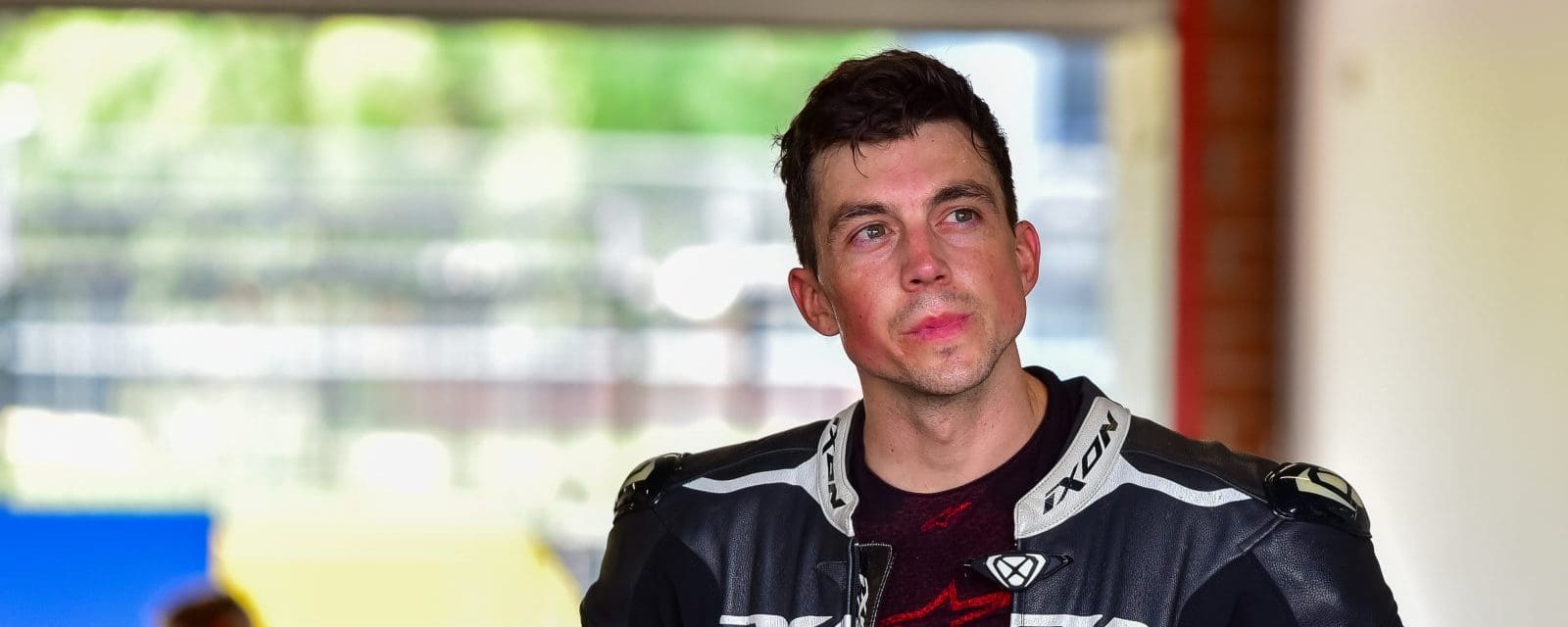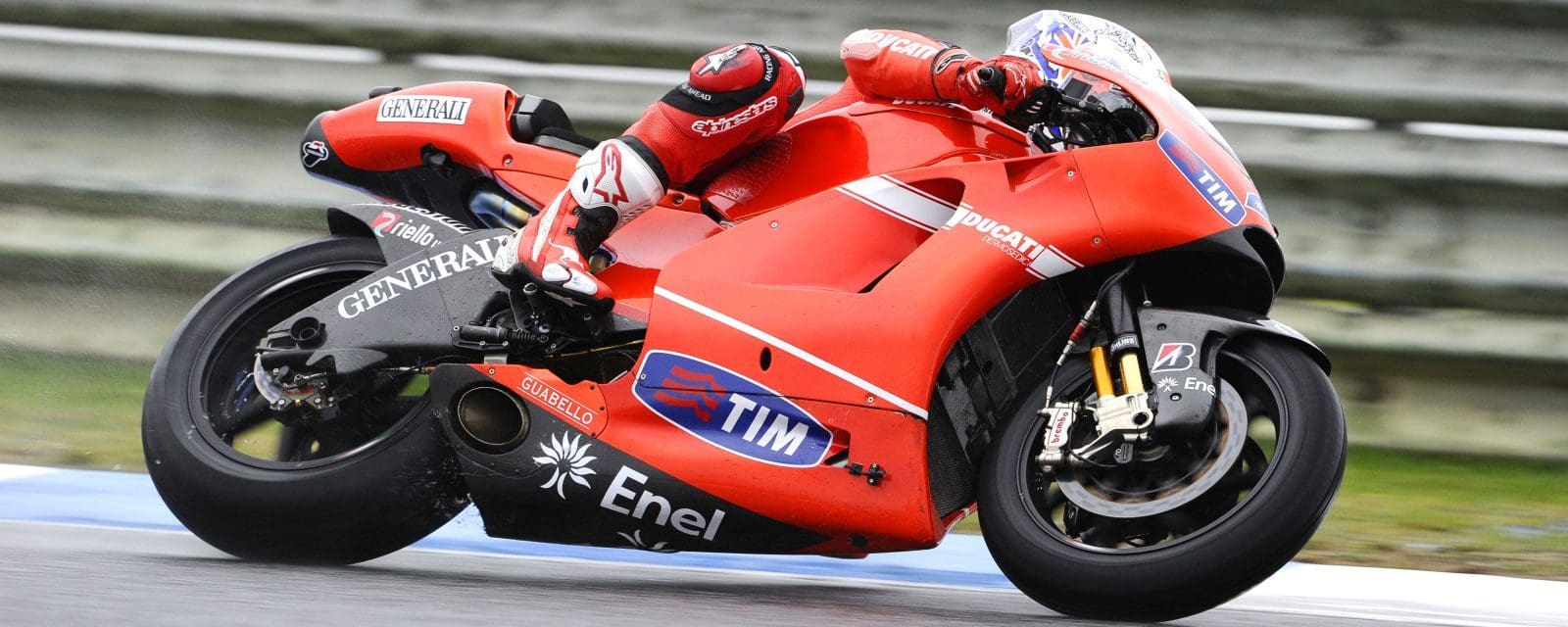In fact, those aren’t the exact words Valentino Rossi chose to describe French parvenu Johann Zarco. But that’s only because he’s aware he needs to guard his words, lest they be twisted and used against him.
What he actually said was that Zarco needs “to be more quiet”, and to understand that MotoGP bikes are not the same as Moto2 bikes, in all sorts of important ways.
Primarily, they are faster and heavier, and thus more dangerous.
Secondly, a subtler point – different MotoGP bikes have different characters. In Moto2 everyone is saddled with identical engines, gearing and (mostly) chassis. It’s hard to find any advantage, so overtaking seldom happens, and is often of necessity a brutal business of bumping and boring.
In the big class, where you have proper racing bikes, different makes have different behaviours – some, to simplify, excelling at corner entry, others finding advantage on the exit. Because of the different setting and gearing possibilities, there is even variation between bikes with the same badge on the tank.
This makes it possible to overtake using tactics rather than brute force.
And that is what Valentino would like the young Frenchman to learn.
There is, in all this, a considerable element of pot versus kettle. When Rossi arrived in the 500 class in 2000, his forceful riding ruffled many a feather. There are several famous incidents over the years – the bump-pass on Sete Gibernau at Jerez in 2005 and duffing up Casey Stoner at Laguna Seca in 2008, for instance. Even last year he was accused of dangerous riding by Jorge Lorenzo at Misano. “Other riders overtake more clean,” the Spaniard said.
Lorenzo is fond of such accusations, but the pot-kettle syndrome rears up once more. At least he admits it, pointing out repeatedly that he was disqualified for one race back in his 250 days for taking out another rider (Alex de Angelis, as it happens… or, as he is nicknamed ‘d’Angerous’). But Jorge now admits that he learned his lesson.
Marc Márquez has come in for even more criticism than Rossi, and interestingly enough hasn’t said too much about Zarco, as yet. Even though Marc was one of the riders who got minced at Jerez, where the double Moto2 champion made a major charge for the fourth race in a row.
Just to recap, in Qatar Zarco forced straight into the lead and was going away when he crashed out on the seventh lap.
In Argentina he qualified 14th and was up to sixth after only five laps, eventually finishing fifth.
In Texas he was fifth again, but had a real wrestling match with Rossi, including punting him off the track, Rossi being lucky not to crash.
Then in Jerez he qualified sixth, got away well and at once started moving forwards. He’d left Rossi and rapidly disposed of both Andrea Iannone and Cal Crutchlow – redoubtable battlers. No respecter of reputations, the young Frenchman then set about Márquez and got ahead of him for second, if only for a lap. He ended up fourth, easily the best-placed Yamaha.
And all this on a year-old satellite Yamaha. In his first season.
Zarco is an interesting character, analytical and intelligent. And very loquacious, seldom answering any question with anything less than several carefully considered paragraphs. He won two Moto2 titles in an equally considered way, specialising in saving his tyres then pushing away at the end.
In this way, he spoke respectfully about Rossi, and how much he’d learned following him in Texas.
But it now seems all this consideration goes out of the window as soon as the racing starts. Thereby earning him the enviable accolade of ‘dangerous maniac’.
And he’s only just begun.
By Michael Scott
